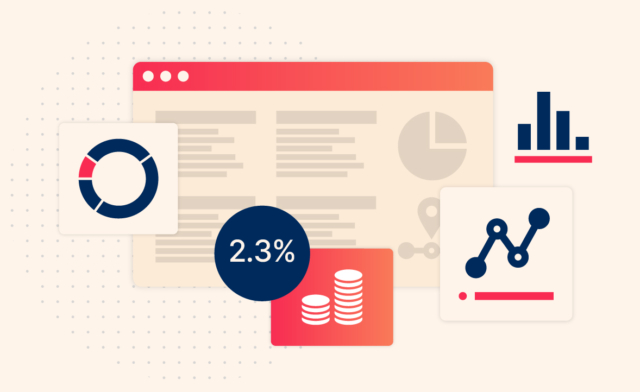Beyond Reporting: How Data Automation Transforms Recruitment

Data is so much more than numbers and reporting! The recruitment landscape has witnessed a significant shift towards data driven automation, enabling organizations to not only make smarter hiring decisions but embed data automation in each step of the recruitment process to reduce admin, increase efficiency, and unlock hidden opportunities.
Streamlining Candidate Sourcing and Screening
Data automation can greatly streamline the candidate sourcing and screening process, saving recruiters valuable time and effort. Automated tools can comb through vast amounts of data from various sources, such as online job boards, professional networking sites, and internal databases, to identify potential candidates who match the desired qualifications and skills. This significantly improves the efficiency of talent acquisition by reducing manual efforts and ensuring a wider pool of suitable candidates.
Enhancing Candidate Assessment and Selection
Beyond sourcing, data automation can also play a crucial role in candidate assessment and selection. Automated systems can analyze candidate profiles, resumes, and applications using natural language processing (NLP) techniques to identify relevant keywords, skills, and experiences. This enables recruiters to identify the most qualified candidates more efficiently, improving the accuracy and objectivity of the selection process.
Furthermore, automation can be employed in pre-employment assessments and screening tests, providing standardized evaluations that help identify candidates who possess the necessary competencies. By leveraging data automation, recruiters can make Data-Driven Recruiting decisions, ensuring a fair and efficient selection process.
Improving Diversity and Inclusion Efforts
Diversity and inclusion have become integral aspects of modern recruitment strategies, as organizations recognize the importance of building diverse teams. Data automation can support these efforts by reducing unconscious bias in candidate evaluation and selection. By relying on objective data and algorithms, rather than subjective judgments, automated systems can help ensure a fairer and more inclusive Recruitment Management process. Additionally, automation can enable the analysis of demographic data, providing insights into the effectiveness of diversity initiatives and identifying areas for improvement.
Optimizing Employee Onboarding and Retention
Data automation can extend its benefits to employee onboarding and retention. By automating administrative tasks such as document collection, form filling, and compliance checks, recruiters can expedite the onboarding process, allowing new hires to become productive more quickly. Automated systems can also monitor employee engagement and satisfaction, using sentiment analysis and feedback surveys, helping organizations identify potential retention risks and take proactive measures to address them.
Predictive Analytics for Future Workforce Planning
Data automation offers the opportunity to leverage predictive analytics for future workforce planning. By analyzing historical recruitment data, market trends, and business objectives, organizations can gain insights into their talent needs. Predictive models can forecast the demand for specific skills and competencies, helping recruiters proactively address talent gaps and align their recruitment strategies with future business requirements.
While reporting is an essential aspect of data automation in recruitment, its potential extends well beyond generating metrics and insights. By embracing data automation, organizations can streamline candidate sourcing and screening, enhance candidate assessment and selection, improve diversity and inclusion efforts, optimize employee onboarding and retention, and leverage predictive analytics for future workforce planning. As the recruitment landscape continues to evolve, harnessing the power of data automation is no longer an option but a necessity for organizations looking to gain a competitive edge in acquiring and retaining top talent.



